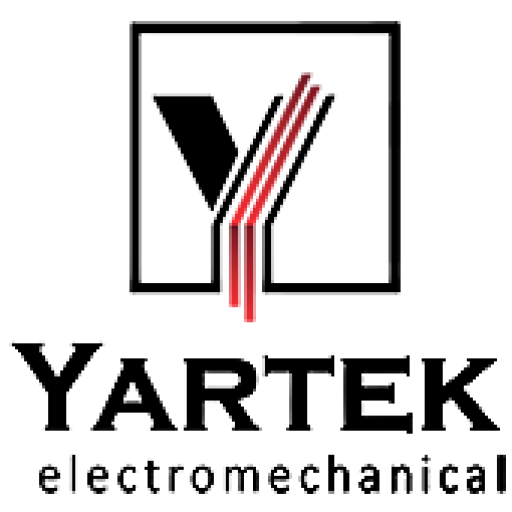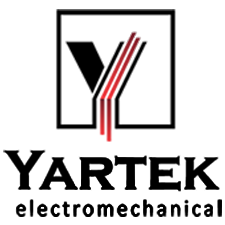MEP Design for Commercial Kitchens: Enhancing Efficiency and Functionality in Culinary Spaces
The
Introduction:
Efficiency, safety, and functionality are crucial in commercial kitchens, and MEP (Mechanical, Electrical, and Plumbing) design plays a pivotal role in achieving these objectives. In this article, we will explore the significance of MEP design in commercial kitchens, highlighting key considerations, benefits, and specific systems that contribute to creating efficient and functional culinary spaces.
Ventilation Systems for Air Quality and Safety:
Proper ventilation is essential in commercial kitchens to maintain indoor air quality and ensure the safety and comfort of staff. MEP design incorporates effective ventilation systems that remove heat, steam, and cooking odors. This includes exhaust hoods, ductwork, fans, and make-up air units. Compliance with local codes and regulations is ensured to prevent hazardous fume buildup, reduce fire risks, and promote a healthier work environment.
Energy-Efficient Lighting and Electrical Systems:
MEP design prioritizes energy-efficient lighting and electrical systems to enhance visibility, productivity, and energy conservation in commercial kitchens. Strategic placement of lighting fixtures ensures adequate illumination in food preparation areas, workstations, and storage spaces. LED lighting, known for its longevity and low energy consumption, is commonly used. Properly sized electrical systems are designed to accommodate the high power demands of kitchen equipment, while ensuring safety and adherence to codes.
Plumbing and Water Supply:
Efficient plumbing systems are vital for the proper functioning of sinks, dishwashers, and other water-dependent equipment in commercial kitchens. MEP design ensures the optimal layout of plumbing systems, including water lines, drainage, and grease traps. Water lines are appropriately sized to meet demands and maintain proper pressure. Water management systems, such as low-flow faucets and pre-rinse sprays, are incorporated to conserve water and reduce utility costs. Effective drainage design ensures the swift removal of wastewater to maintain a sanitary environment.
Fire Suppression and Safety Systems:
Safety is paramount, and MEP design includes fire suppression and safety systems to mitigate fire risks in commercial kitchens. Automatic fire suppression systems, such as wet chemical or pre-action sprinklers, are installed in hood and cooking areas. These systems swiftly detect and suppress fires, minimizing damage and ensuring personnel safety. Additionally, MEP design incorporates fire alarm systems, emergency lighting, and exit signage to facilitate safe evacuation during emergencies.
Efficient HVAC Systems:
MEP design incorporates efficient HVAC (Heating, Ventilation, and Air Conditioning) systems in commercial kitchens to maintain comfortable temperatures, control humidity levels, and ensure proper air circulation. HVAC systems regulate indoor temperatures to optimize staff comfort and preserve food quality. Ventilation and air distribution systems minimize heat buildup, control odors, and remove cooking byproducts. Energy-efficient HVAC equipment and controls are utilized to minimize energy consumption and operational costs, creating a pleasant and productive working environment.
Conclusion:
MEP design is essential for creating efficient, safe, and functional commercial kitchens. By implementing ventilation systems, energy-efficient lighting and electrical systems, plumbing and water supply solutions, fire suppression and safety systems, and efficient HVAC systems, MEP design optimizes the working conditions and operational efficiency of culinary spaces. By focusing on these critical systems, commercial kitchens can maintain healthy indoor air quality, conserve energy and water resources, ensure safety, and provide a comfortable environment for kitchen staff. Effective MEP design ensures that commercial kitchens are well-equipped to meet the demanding needs of food preparation, enhancing productivity and customer satisfaction.
Spring is a passionate and determined group of monthly givers on a mission to end the water crisis in our lifetime. People like you, from more than 100 countries around the world, giving anything they can to prove how unstoppable we are when we work together.
Clean water helps keep kids in school, especially girls.
Less time collecting water means more time in class. Clean water and proper toilets at school means teenage girls don’t have to stay home for a week out of every month.
Before Natalia’s village had a clean water tap, she often didn’t have time for school. Now, she goes to school every day and she’s the President of her local Water Committee. And she’s just getting started.
said Polito
How do we tackle the water crisis?
We work with local experts and community members to find the best sustainable solution in each place where we work, whether it’s a well, a piped system, a BioSand Filter, or a system for harvesting rainwater. And with every water point we fund, our partners coordinate sanitation and hygiene training, and establish a local Water Committee to help keep water flowing for years to come.


